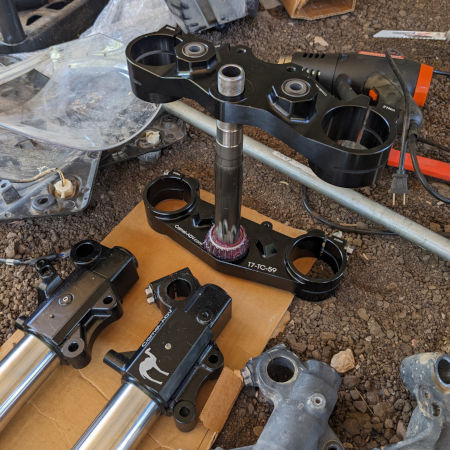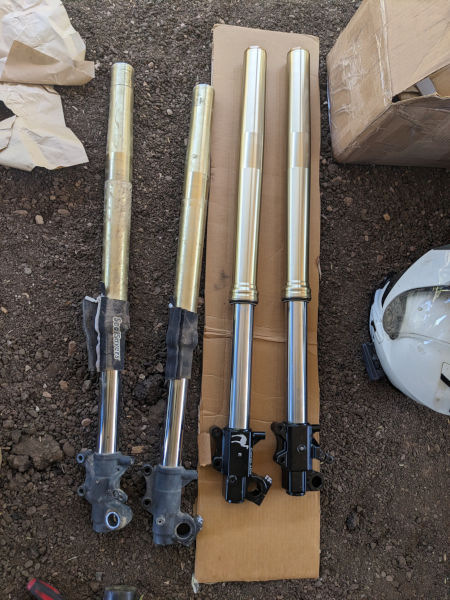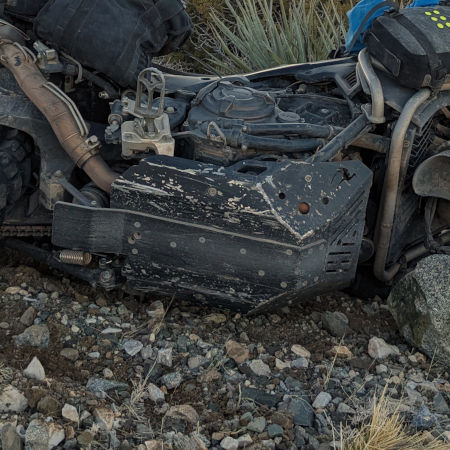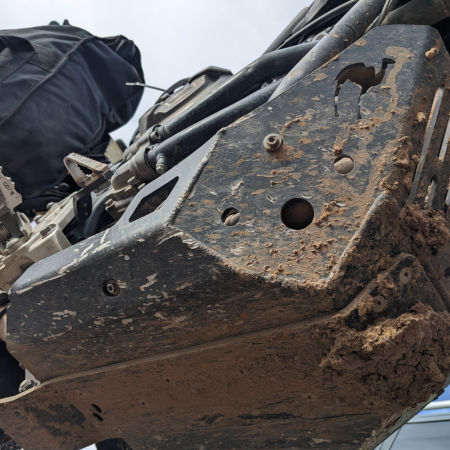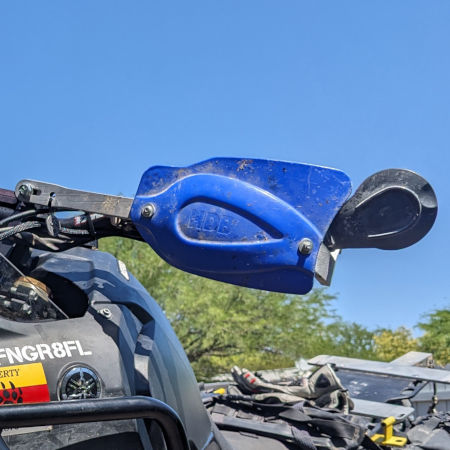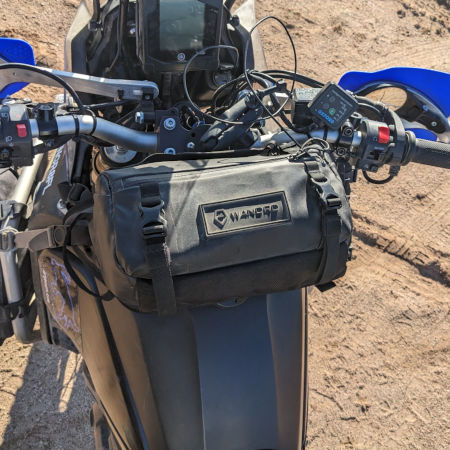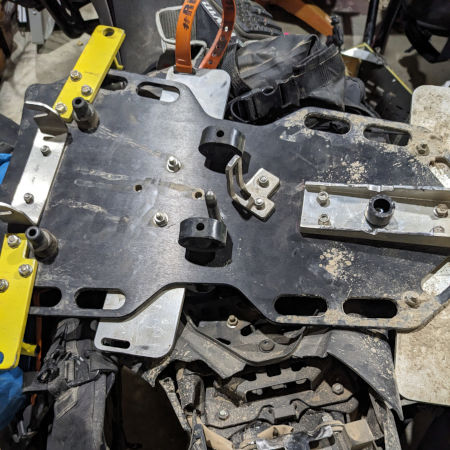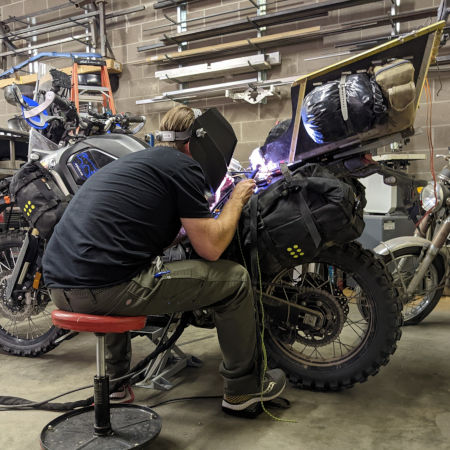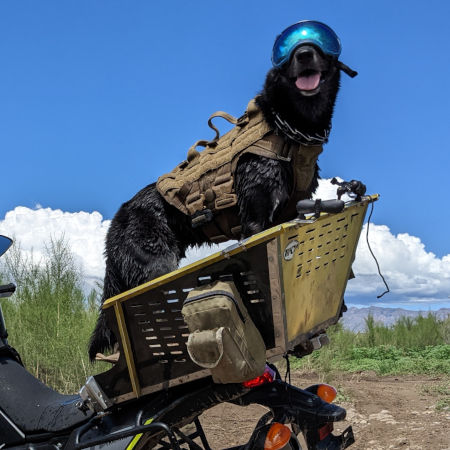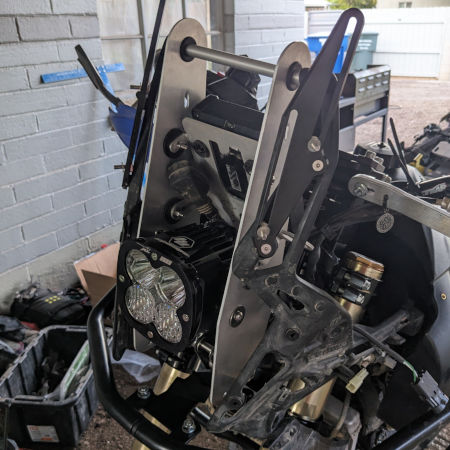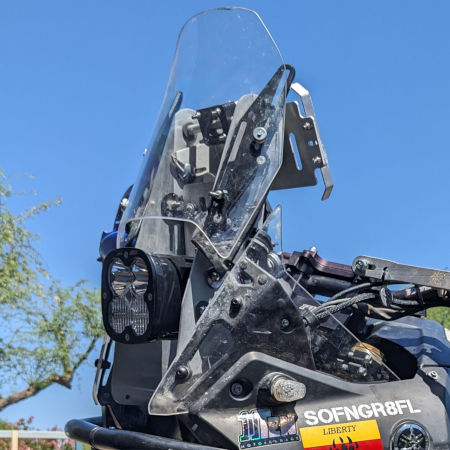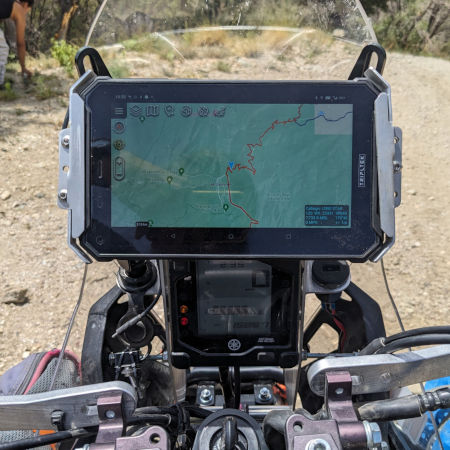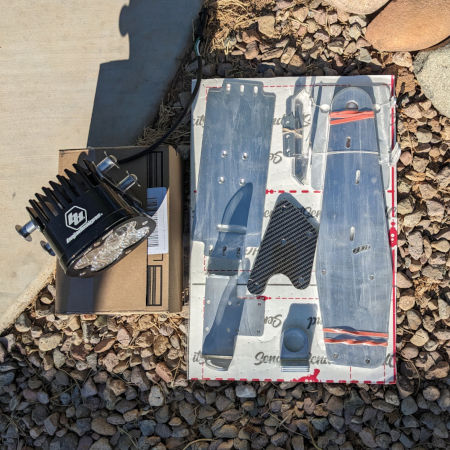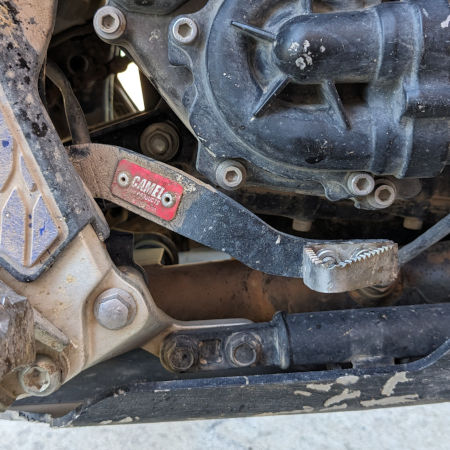Through a fiscally painful process of trial and error, we now both ride the Yamaha Tenere 700. As all crazy cat motorcycle owners know, modifying motorcycles winds up being an endless money pit source of excitement, and despite [coincidentally] being only a few VINs apart, our rides are configured quite differently.
But to be serious, given the sheer amount of time we spend riding in the style that we do, fortifying our motorcycles pays dividends as we putter along. Doodads are neat, and we both have a few of those glued on here and there, but most of the things strapped on or swapped out have been from lessons learned along the way. Swipe on for the dirty (literally) details.






